Problem 17: XML
advertisement
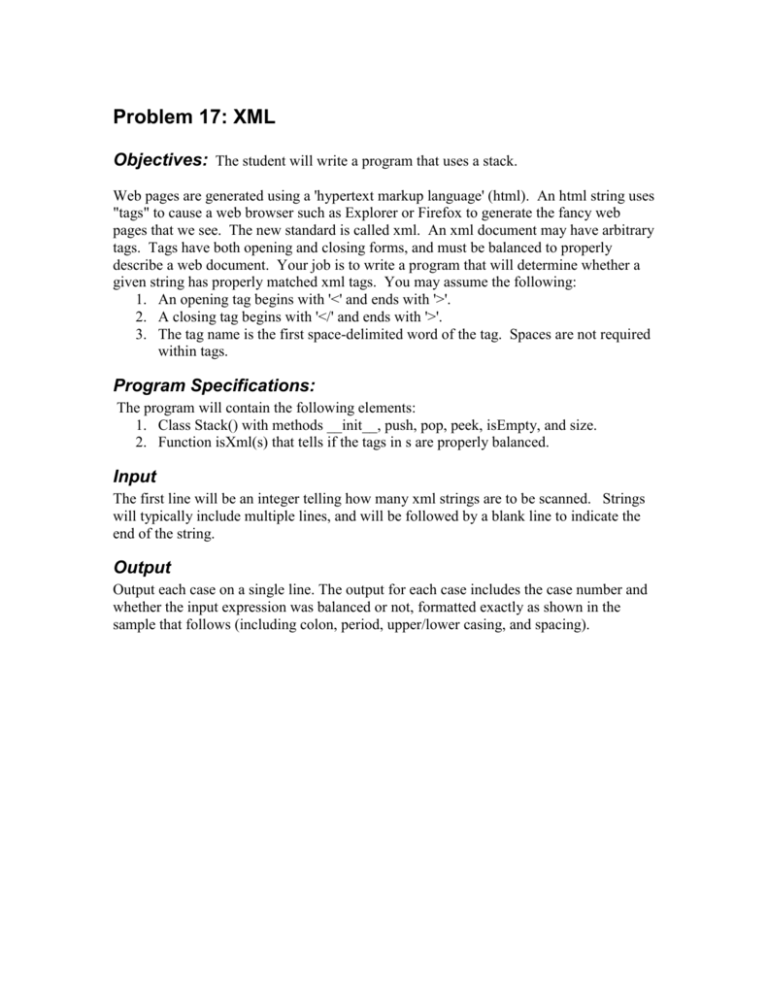
Problem 17: XML
Objectives: The student will write a program that uses a stack.
Web pages are generated using a 'hypertext markup language' (html). An html string uses
"tags" to cause a web browser such as Explorer or Firefox to generate the fancy web
pages that we see. The new standard is called xml. An xml document may have arbitrary
tags. Tags have both opening and closing forms, and must be balanced to properly
describe a web document. Your job is to write a program that will determine whether a
given string has properly matched xml tags. You may assume the following:
1. An opening tag begins with '<' and ends with '>'.
2. A closing tag begins with '</' and ends with '>'.
3. The tag name is the first space-delimited word of the tag. Spaces are not required
within tags.
Program Specifications:
The program will contain the following elements:
1. Class Stack() with methods __init__, push, pop, peek, isEmpty, and size.
2. Function isXml(s) that tells if the tags in s are properly balanced.
Input
The first line will be an integer telling how many xml strings are to be scanned. Strings
will typically include multiple lines, and will be followed by a blank line to indicate the
end of the string.
Output
Output each case on a single line. The output for each case includes the case number and
whether the input expression was balanced or not, formatted exactly as shown in the
sample that follows (including colon, period, upper/lower casing, and spacing).
Sample Input
6
<xml>
<head>
<title>
Example
</title>
</head>
Output
<body>
<ab "My own tag">
<h1>Hello World!</h1>
</ab >
</body>
</xml>
Expected Output
1:
2:
3:
4:
5:
6:
Valid xml.
Invalid xml.
Valid xml.
Valid xml.
Invalid xml.
Invalid xml.
<xml>
<p>Hello World!
</xml>
Hello World!
<a></a>
</x>
This <b><i>bold, italic</b></i> is bad.
<blank line>
Program Hints:
1. To find the location of the first tag, you can use the find() method in the following
way:
a = s.find('<')
b = s.find('>', a)
if a >= 0 and b >= 0:
tag = s[a+1:b]
Putting the parameter a into the find() command means that the search will start at
a, not the beginning of the string. If the character is not found, then -1 is returned.
If this code is used, the tag will not contain the initil '<' or final '>'. You may want
to strip() or split() the tag in order to remove white space and isolate the tag label.
2. Be sure to read all the lines of the current string and concatenate them before
checking to see if the string is balanced. Some beginning and ending tags may be
on the same line, but most will not.
Problem 18: Counting Rearrangements
Objectives: The student will write a recursive function.
In how may distinct ways can the letters of the word "bookkeeper" be rearranged? The
answer is 151,200. Of course this is far too many to write them all down. However,
there are formulas that allow us to solve such problems.
The number of ways to rearrange n objects in a line is given by the formula
n! = n(n–1)(n–2)...(2)(1)
If m of the objects are indistinguishable, then for each distinct arrangement, there will be
exactly m! indistinguishable rearrangements, so the total number is n!/m! In our
problem, there are 10 letters (b, o, o, k, k, e, e, p, e, r), including 2 o's, 2, k's, and 3 e's.
So the total number of rearrangements is
10!
10 9 8 7 6 5 4 3 2 1
151,200
2!2!3!
(2 1)(2 1)(3 2 1)
In this program, you will need to write a recursive function to compute factorials, and use
the function to count the number of rearrangements of the letters of words.
Program Specifications:
There will be a user-defined function factorial(n) which will recursively compute n! from
the following formula:
1
if n 0
n !
n (n 1)! if n 0
A separate function that calls factorial( ) will count the number of rearrangements of a
given word.
Input:
There will be several cases, one per line, with a blank line following the last case. Count
the cases starting at 1. Each case consists of a single string of printable symbols
containing no blanks. Uppercase and lower case letters are considered distinct symbols.
Output:
Output each case on a single line. The output for each case includes the case number and
the results for that case formatted exactly as shown in the sample that follows (including
periods, quotes, upper/lower casing, and spacing).
Sample Input
Bobby
bookkeeper
A
AAAAAA
abracadabra
<blank line>
Expected Output
Case
Case
Case
Case
Case
1.
2.
3.
4.
5.
There
There
There
There
There
are 60 distinct rearrangements of "Bobby".
are 151200 distinct rearrangements of "bookkeeper".
is 1 distinct rearrangement of "A".
is 1 distinct rearrangement of "AAAAAA".
are 83160 distinct rearrangements of "abracadabra".
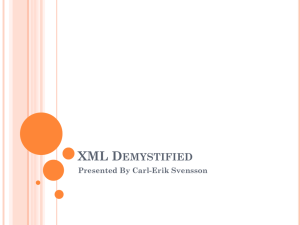

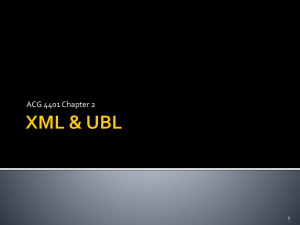


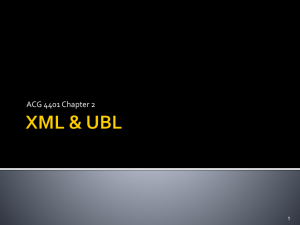
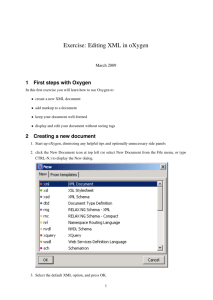


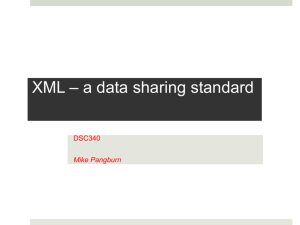
![[#CARBON-13743] Key store password of catalina](http://s3.studylib.net/store/data/007841975_2-b5be293be17dfbfd4fa5374476b625ea-300x300.png)
